Author: ofreed1@washington.edu
Tech leaders size up what it’ll take to turn Pacific Northwest into a ‘Quantum Valley’ (GeekWire)
University of Washington jostling for a slice of R&D funding from the CHIPS and Science Act (GeekWire)
Building a career at the nanoscale
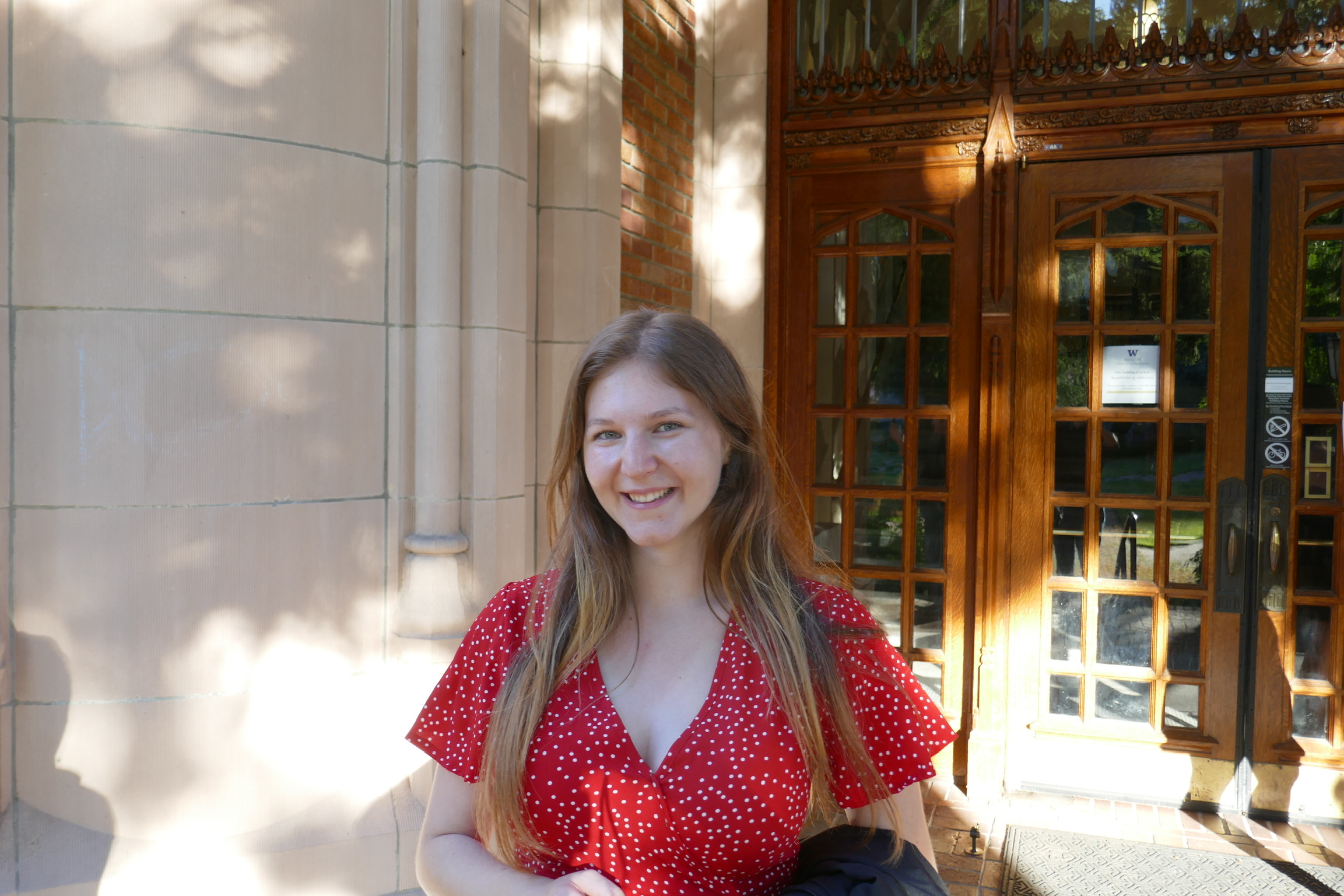
Ana Constantin joins Facebook after three years of undergraduate and professional experience at the Washington Nanofabrication Facility.
Quantum Leap
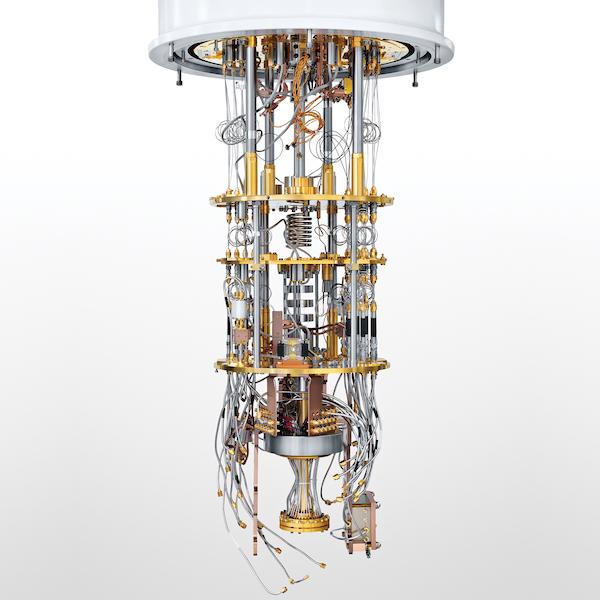
In quantum computing, UW scientists see the building blocks of the next technological revolution.
A new kind of lens for tiny cameras
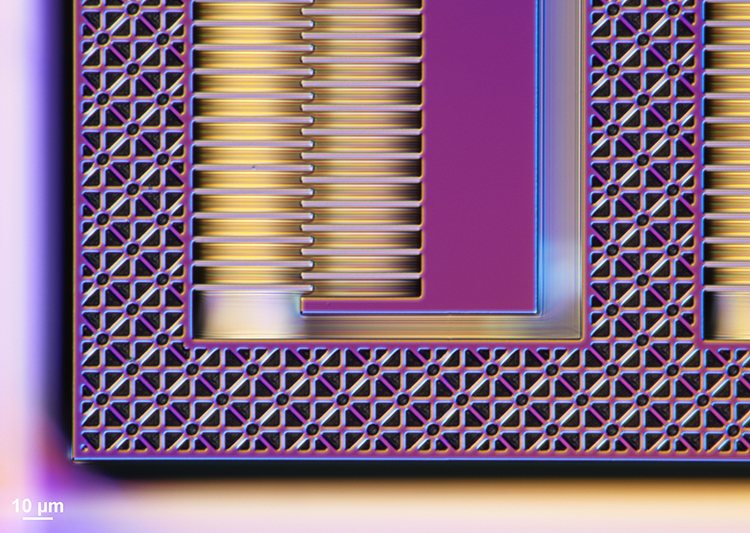
A UW team led by Karl Böhringer and Arka Majumdar has developed a tunable lens made of metasurfaces and actuated by microelectromechanical systems (MEMS).
Accelerating AI computing to the speed of light
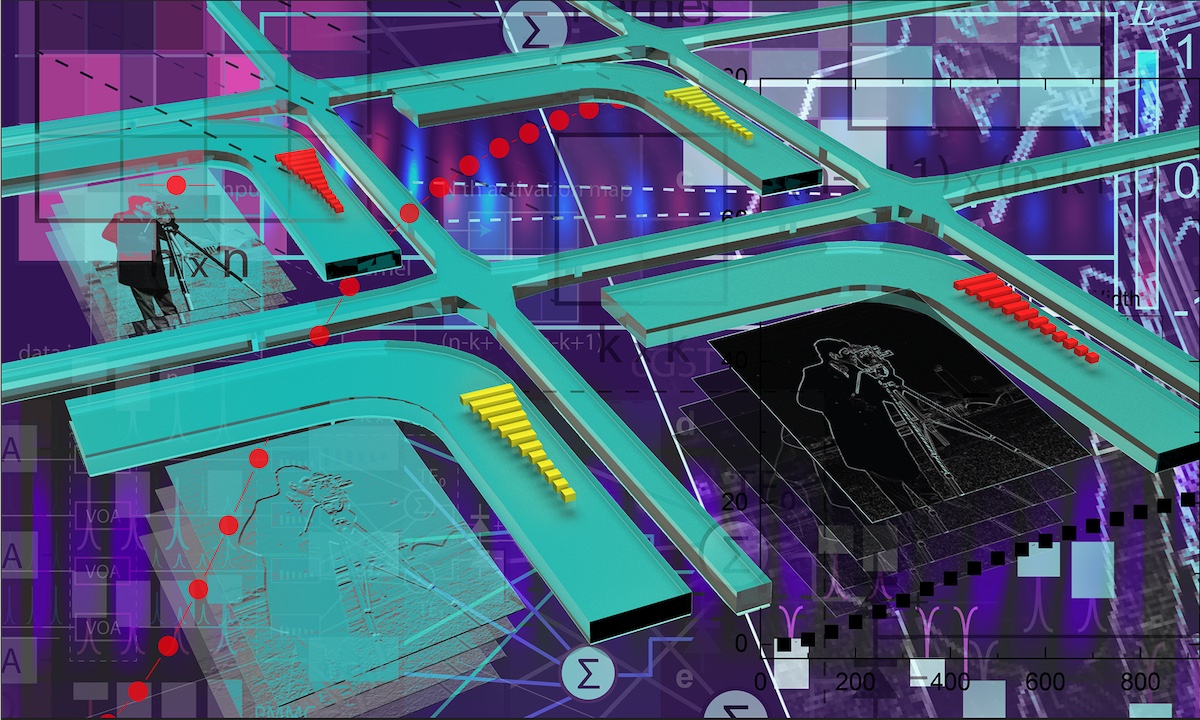
A UW research team led by associate professor Mo Li has developed an optical computing system that could contribute toward speeding up AI and machine learning while reducing associated energy and environmental costs.
A culture of collaboration
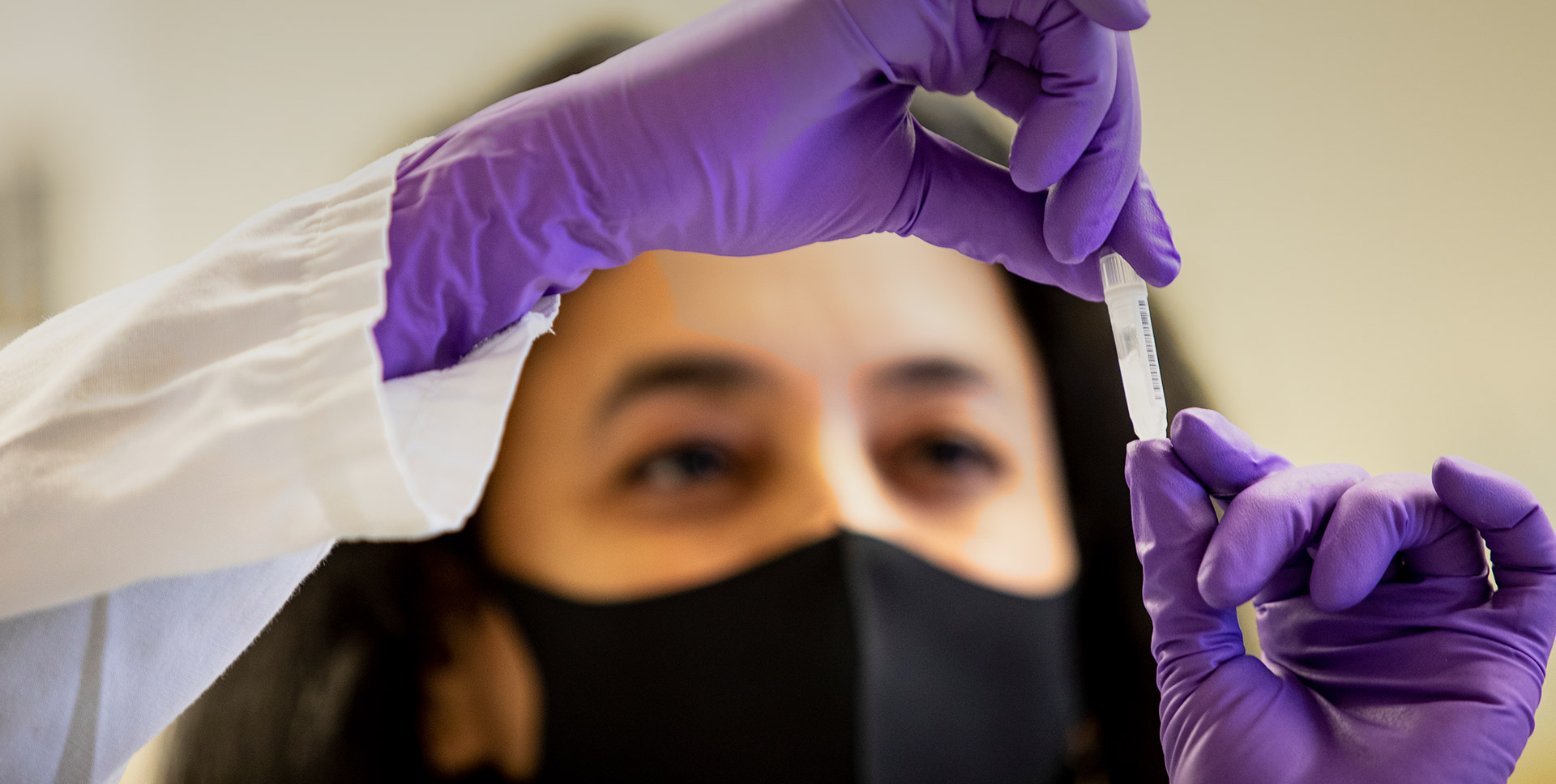
UW Bioengineering faculty pivot diagnostics research to support the need for COVID-19 testing. The Lutz and Yager labs have developed prototypes that deliver results in less than 30 minutes, and the groups have also assembled 35,000 tests for the Seattle Coronavirus Assessment Network at the NanoES building.
UW ECE, ME, CSE seek outstanding faculty candidates in quantum information science & technology
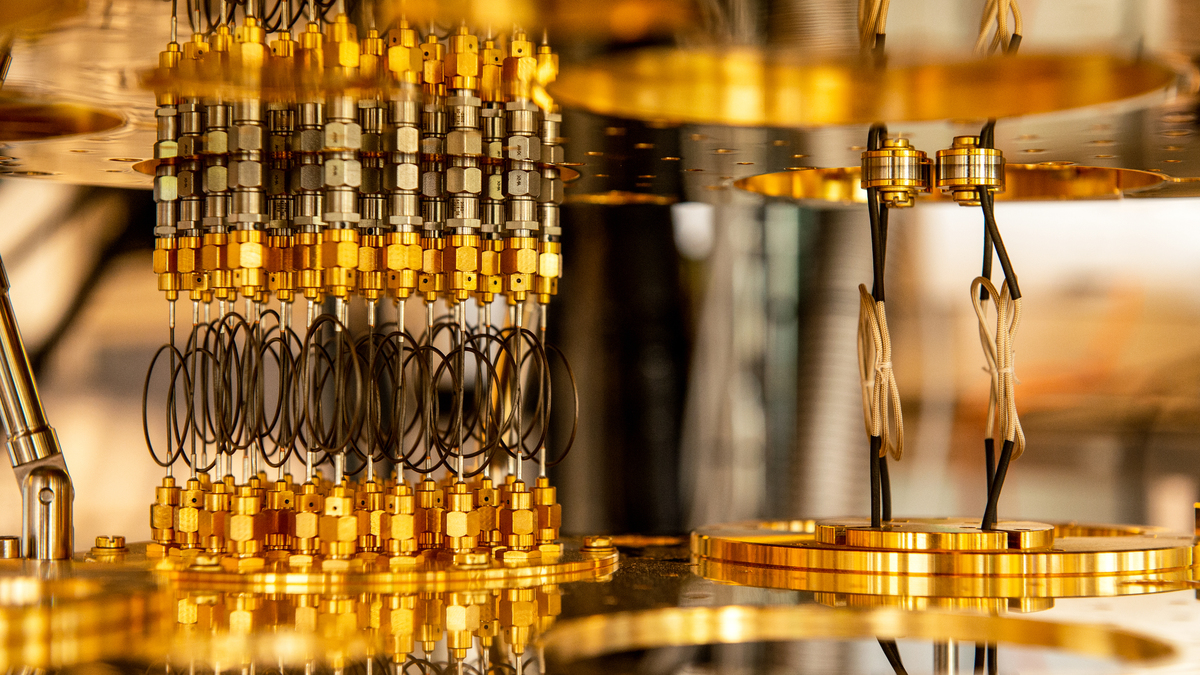
The University of Washington Department of Electrical & Computer Engineering, Department of Mechanical Engineering, and Paul G. Allen School of Computer Science & Engineering seek outstanding candidates with expertise in quantum information science and technology to apply for new full-time faculty positions.
Break it up: Polymer derived from material in shrimp’s shells could deliver anti-cancer drugs to tumor sites
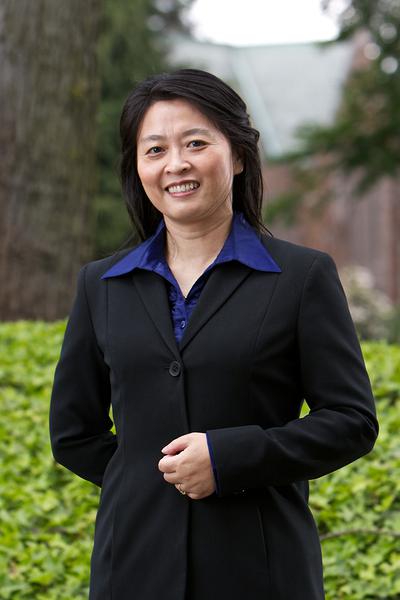
Earlier this year, UW scientists announced a nanoparticle-based drug delivery system that can ferry a potent anti-cancer drug through the bloodstream safely. The nanoparticle is derived from chitin, a natural and organic polymer that makes up the outer shells of shrimp.